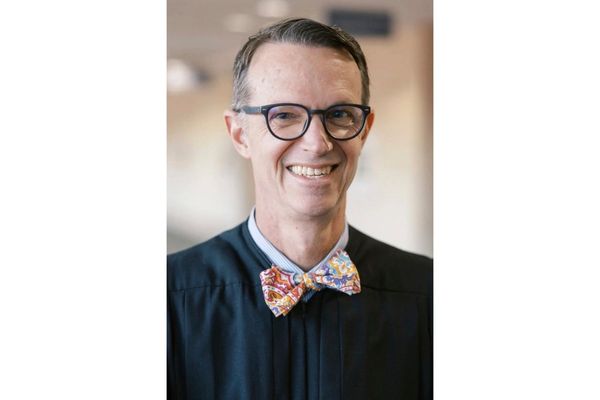
Most mornings in our house feel like a friendly little language carnival spinning through the kitchen. Before the kids even put on their shoes for school, they’ve cycled through three languages – joking in Hindi, arguing in Pashto and sprinkling English on top like chocolate chips tossed over their cereal.
We don’t plan it or rehearse it: it just happens. Pashto is the language of feelings and family business such as complaints, alliances, who stole whose pencil, who touched the remote. Hindi came to us through the back door: Bollywood songs and movies playing in the background, cousins in Karachi and the kind of street-style banter the kids pick up from YouTube faster than I can keep track of. And English, of course, is the language that binds the whole day together with school notices, breakfast negotiations, reminders about homework.
The kids seem to choose the language that suits the mood: Hindi for humour, Pashto for passion, English for practicality. They switch so quickly that sometimes I feel as if I’m living inside a live-captioned sitcom. One of them will start a sentence in one language and end in another – a linguistic gymnastics routine they don’t even notice themselves doing.
But they tell me something changes once they get to school. It’s just small observations they report in flat little summaries at the end of the day when I ask if they speak any other language at school: “They [teachers] say to stick to English during class, so we do.”
I can feel the shrinking of a world that is so wide and noisy at home.
What’s funny is that many children at their school are not just multilingual, they’re ambitious about it too, I am told. Fareeda has many Asian friends and has recently decided she must learn Japanese because one of her favourite comic characters says something “life-changing” that none of us can translate. Khalid has his own gang of friends from diverse backgrounds and is lobbying for German lessons because he associates the language with engineering perfection and fast cars – a connection he inherited from my random fascination with Germany and the handful of phrases I can still recall.
Then there’s little Naveed, who insists he once lived in China. He keeps telling us elaborate stories about “friends” and “streets” he remembers. He once spent four hours at Changi airport in Singapore, and that’s the closest he’s been to China. But who are we to interrupt a dreamer?
Waleed, meanwhile, has mastered a Mumbai street-style Hindi accent straight out of Bollywood. One day he called me bhaisaab – with full filmi swagger – and now all his siblings do it too. In Pashto I’m lala, in Hindi I’m bhaisaab, in English I’m “bro” – and somehow bro has won the cultural battle. I tell myself there are worse fates.
All of this – the laughter, the switching, the accidental “bro-ification” of my household – reminds me of where I come from.
My father, back in early 1900s Afghanistan, travelled as a merchant along the old Silk Route. He moved between British India, the former Soviet Union, China and Persia with a kind of linguistic ease that still feels mythical to me. He knew the value of language as a bridge, a shield, a passport.
He didn’t learn for exams or careers – he learned because survival and opportunity depended on speaking to people. Growing up, I saw in him a confidence that came from knowing he could belong in many places.
And maybe that’s why having kids who speak like this – who jump from one world to another in a single sentence – feels like an inheritance. Not of wealth or land, but of perspective.
When I moved from Kabul to Melbourne four years ago, one of the first things that struck me was the visible diversity. On trains, in playgrounds and in shopping centres, languages from every continent float through the air. With time, I realised Australia is a whole map of languages, which is far richer than we acknowledge. There are hundreds of First Nations languages, each with worlds of story and belonging inside them. Then there’s the everyday chorus I hear walking through Melbourne’s southern suburbs: Dari, Greek, Vietnamese, Turkish, Arabic, Serbian, Mandarin, Spanish, Italian and more.
So no, I don’t expect schools to keep up with every language. But maybe there’s room for something gentler: letting children know they don’t need to shrink any part of themselves to belong. If Australia celebrates diversity, then it would be lovely for our classrooms to feel a bit more like the country around them – open, colourful and welcoming to the stories each child brings.
• Shadi Khan Saif is an editor, producer and journalist who has worked in Afghanistan, Pakistan, Germany and Australia







